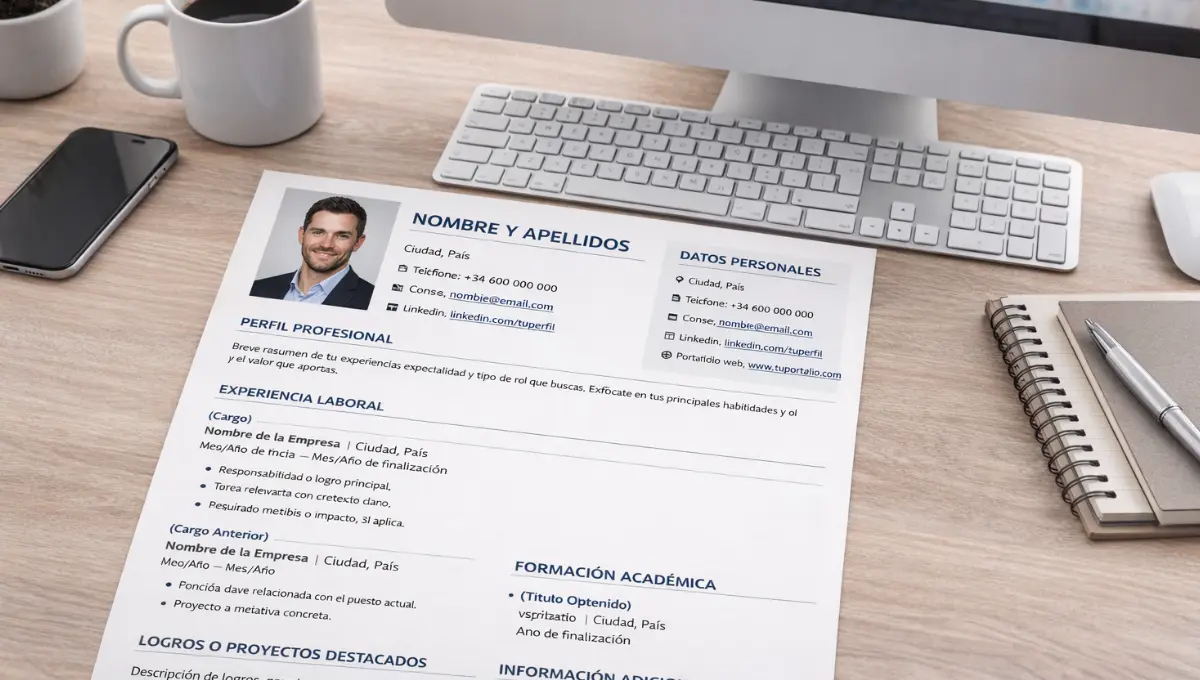Before you go into the details of strategies helpful in learning and mastering Japanese, it is essential for you to know what katakana is and how it can help you advance your knowledge of the Japanese language as a whole. This guide is all about Japanese katakana so grab your pens to gather some valuable insights.
Katakana is one of the three Japanese alphabets. We believe that Japanese has only two alphabets and that Kanji (Chinese characters) cannot be considered an alphabet. After all, that is what kanji is: characters. It is not an alphabet.
By the end of this article, you will have a better understanding of how to read and write katakana characters and how you can practice them.
What is katakana?

Katakana is thought to have originated in the 9th century during the Heian period when monks were translating Buddhist texts.
Katakana literally means ‘fragmentary kana’. This is due to the fact that katakana characters are composed of components or fragments of more complex Chinese characters.
Katakana symbols are phonetic and correspond to spoken syllables one-to-one. These syllables are the same as those represented by hiragana characters, and katakana has the same number of characters.
The basic Katakana characters
It is very simple to learn katakana once you have learned Japanese hiragana. Both alphabets have 46 characters that correspond to the same sounds. For example: キ is the katakana for the hiragana き (ki).

Learn Japanese on italki
Join the global community of language learners today! Sign up for italki and start improving your language skills with native-speaking teachers from around the world.
Create an italki account
The only difference between these two Japanese characters is that katakana uses straight lines and one fewer stroke. Consider hiragana characters to be written in cursive, and katakana characters to be written in print. Let’s look at some examples:
– セ is the katakana for the hiragana せ (se)
– モ is the katakana for the hiragana も (mo)
– ヤ is the katakana for the hiragana や (ya)
– リ is the katakana for the hiragana り (ri)
However, when learning katakana, you should exercise caution and pay special attention to learning the correct stroke order. Let’s take a look at the katakana characters シ (shi) and ツ (tsu).
At first look, these two characters appear to be almost identical. However, when learning katakana, シ (shi) is written with horizontal strokes, while ツ (tsu) is written with vertical strokes.
The first step in learning katakana is to study and make your own katakana chart, similar to the one below:
Transformations of the Basic Katakana Character
Hiragana and katakana both use similar transformations to generate different Japanese sounds. A small ‘tsu’ (ッ) in the middle of a word is a common occurrence. This is translated into English as a double consonant and represents a short break in the word’s rhythm.
In katakana, the small is usually found in foreign words that end in a consonant. An example would be the word バッグ (bag), pronounced ‘baggu,’ which would be spelled with double consonants in English.

Other transformations such as ‘dakuten’ and ‘handakuten’ will alter the original hiragana character to produce different sounds.
To generate new sounds, ‘Dakuten’ is represented by two short strokes in the upper right-hand corner of a character. For example, ‘ka’ (カ) becomes ‘ga’ (ガ) when written with a dakuten.
Because the unvoiced consonant sound becomes voiced, a ‘k’ sound becomes a ‘g’ sound. You will notice that the characters for ‘za,’ ‘da,’ and ‘ba’ are similar to those for ‘sa,’ ‘ta,’ and ‘ha,’ but with a dakuten added at the end.
You may occasionally notice a small circle to the right of a character, particularly those beginning with an ‘h’ sound. This small circle is known as ‘handakuten,’ and it converts all ‘h’ sounds into plosives or ‘p’ sounds. For example, the character ハ (ha) will become パ (pa) with the addition of a handakuten.
Two more things: you may occasionally encounter combination katakana, which is indicated by a larger katakana character followed by a smaller one.
Also, Sometimes a katakana character is followed by a dash. These horizontal lines show that the vowel sound has been stretched out for a longer period of time.
These transformations may seem confusing to you but you need to look for the best way to learn Japanese. Learning Japanese can be tough for some but you need to develop a steady and consistent learning schedule.
Examples of katakana words
Katakana is used for the transcription of foreign names and words into Japanese, borrowed words from other languages, onomatopoeia, technical or scientific terms, animal, plant, and mineral names, and to emphasize things like titles or the names of Japanese companies.
It is also important to note that all foreign languages, not just English, are being translated into Japanese.
Borrowed and foreign words
– ビール (biiru) – beer (from Dutch ‘bier’)
– アルバイト (arubaito) – part-time job (from German ‘arbeit’)
– カメラ (kamera) – camera
– ホテル (hoteru) – hotel
– パン (pan) – bread (from Portuguese ‘pão’)
– アイスクリーム (aisukuriimu) – ice cream
– テレビ (terebi) – television, TV
– コンビニ (konbini) – convenience store
– エアコン (eakon) – air conditioning
– スーパー (suupaa) – supermarket
Foreign names
– カイル (kairu) – Kyle
– クリス (kurisu) – Chris
– ウィリアム (uiriamu) – William
– トム (tomu) – Tom
– アラン (aran) – Alan
– テド (tedo) – Ted
– ローレン (ro-ren) – Lauren
– ブリトニー (buritonii) – Britney
– エミリー (emirii) – Emily
– サラ (sara) – Sarah
Japanese Onomatopoeia
Onomatopoeia is very important in the Japanese language. Learning the various types of onomatopoeia will not only help you understand media such as manga and anime, but it will also help you communicate fluently in Japanese.
In Japanese, there are five types of onomatopoeia:
– Giseigo – animal and human sounds
– Giongo – actual sounds made by inanimate objects and in nature
– Gitaigo – sounds that describe conditions or states of being
– Giyougo – sounds describing movements or actions
– Gijougo – sounds describing feelings
Strategies to learn Katakana
Create your own Katakana chart
Making your own chart is the simplest and most basic way to learn all of the katakana characters. Begin with the vowels, then move on to the basic consonant syllables, and finally to transformations and combination katakana. One of the most useful resources you can have is your own katakana chart.
Flashcards
After you have become acquainted with each katakana character, you should practice using flash cards. Flash cards are the best way to remember characters and practice writing and reading katakana.

Begin by writing each katakana character on its own flash card, with the English translation on the other side. Move on to Japanese words after you have memorized every katakana character.
Japanese videos
The best way to improve your listening and reading skills is to start watching anime, films, and TV shows with subtitles. By engaging with Japanese media, you will be able to hear how Japanese is spoken naturally, as well as pick up on social cues and colloquialisms that you may not find in traditional Japanese textbooks.
And if you are going to watch TV for a few hours, you might as well learn Japanese and teach yourself a thing or two.
Learn Japanese katakana with italki
If you want to study Japanese online, book your Japanese lessons through italki. Here, you will find the best Japanese tutor according to your requirements. You can select the instructor according to your budget, learning objectives, and requirements.

Find Your Perfect Teacher
At italki, you can find your Japanese tutor from all qualified and experienced teachers. Now experience the excellent language learning journey!
Book a trial lesson
Book your lessons today and start learning Japanese katakana without compromising your busy schedule.
Conclusion
You need to track your learning process while learning Japanese. If you want to learn Japanese katakana, start learning the basic Japanese alphabet. We recommend you learn the language using Japanese honorifics. These honorifics are widely used in Japanese conversations.
If you want to learn Japanese professionally, find a qualified Japanese teacher at italki and start speaking Japanese like native speakers.
Want to learn a language at italki?
Here are the best resources for you!















